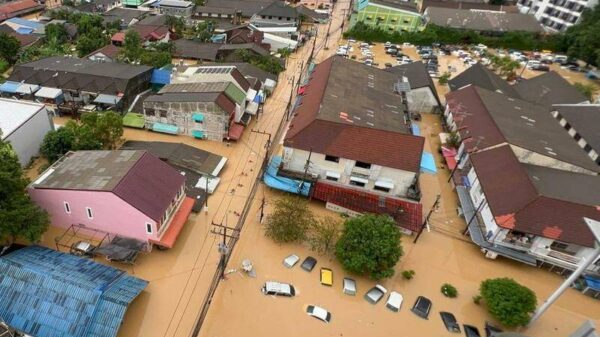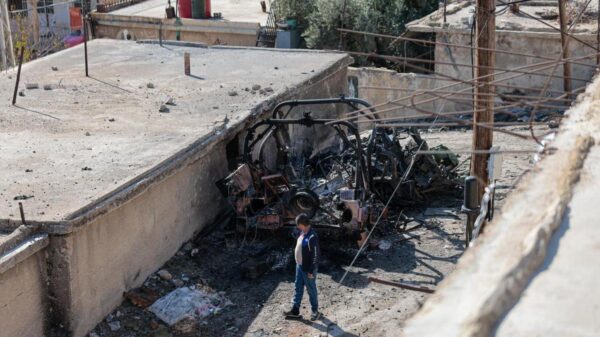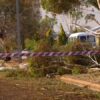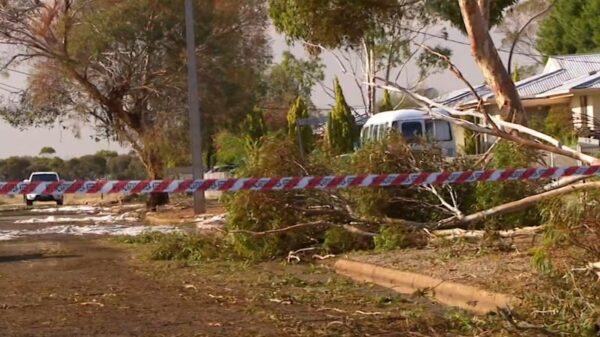Huawei Digital Power has received high praise for its Full-Lifecycle Battery Energy Storage System (BESS) Safety Quantitative Assessment System, which successfully passed a stringent technical appraisal by the China Electricity Council. Conducted on November 28, 2025, the appraisal confirmed that this system meets world-class standards, effectively addressing critical safety gaps in BESS technology both in China and internationally.
The appraisal committee, which included prominent figures such as Ouyang Minggao, a professor at Tsinghua University, and Rao Hong, chief scientist of China Southern Power Grid, along with 12 other experts from various renowned institutions, unanimously endorsed the system’s innovation and practicality. The committee highlighted the system’s ability to build a comprehensive safety assessment framework that tackles operational risks associated with large-scale BESS implementations.
According to the committee’s findings, the assessment system classifies safety risks into three levels: A (unacceptable), B (to be mitigated), and C (acceptable). Level A denotes risks that are dangerously high and uncontrollable, while Level B indicates high risks that require ongoing product design optimization. Level C signifies manageable risks, where serious incidents, such as fires, can be effectively averted. This structured approach allows for precise quantification of safety risks across the BESS lifecycle.
The project also introduces four core safety technologies designed to enhance system safety. First, the high-precision intelligent active safety warning technology ensures a fault warning recall rate of at least 95%, thanks to its advanced dual-decoder multi-frequency architecture. Second, the system features a pioneering positive pressure oxygen blocking and directional smoke exhaust architecture, which enables battery packs to withstand extreme conditions without igniting, even during simultaneous thermal runaway in eight battery cells.
Additionally, the intelligent string energy storage dual-level conversion architecture guarantees that energy does not backfeed during grid transient overvoltage, thus maintaining stable power output. Finally, the project employs high-temperature durable insulation and real-time detecting technologies to minimize risks of electrolyte leakage and arc ignition.
The achievements of Huawei Digital Power’s safety assessment system have been implemented in several large-scale projects. Noteworthy examples include the ZDI grid-forming energy storage plant in Ngari Prefecture, China, a similar facility in Uzbekistan, and the Red Sea destination microgrid in Saudi Arabia, which operates on 100% renewable energy.
Ouyang Minggao remarked on the significance of the methodology developed in this project, noting its pioneering role in advancing the overall safety standards of the BESS industry. He emphasized that these innovations not only have substantial economic and social implications but also promise to lead the ongoing evolution of energy storage safety technologies.
Steven Zhou, President of Huawei Digital Power’s Smart PV & ESS Product Line, stated that the coming years are crucial for the adoption of solar, wind, and energy storage technologies as mainstream energy sources. He expressed hope for collaboration among industry players, authorities, and organizations to advance standards development, technology sharing, and ecosystem building.
Huawei Digital Power remains committed to fostering large-scale, standardized, and high-quality advancements within the sector. The company aims to facilitate the transition of solar, wind, and energy storage into primary power sources, ultimately contributing to a more equitable global energy landscape that delivers green, stable, and affordable power.






























































